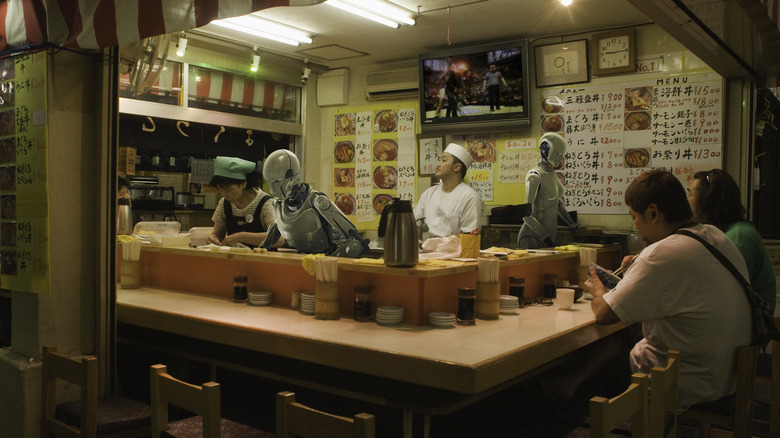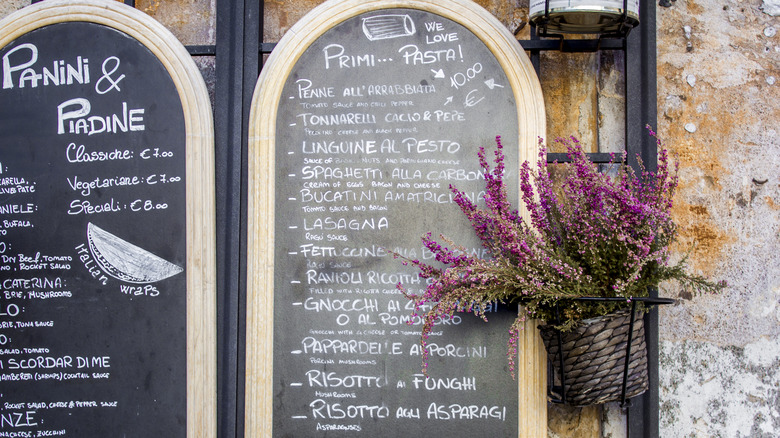Travel Guides Culinary Vacations
Jenna Busch
Dining in a new city or country is one of the best parts of traveling. Whether it’s soup dumplings in Shanghai, pasta in Rome, or steak and ale pie in London, tasting the local specialties is a great way to gain insight into a different culture.
With that said, dining out can be expensive in big cities. That can be especially true when the restaurants you’re choosing are located within sight of a major tourist attraction. Everyone gets tired while traveling, and let’s be honest; hangry. If you’ve been wandering around the Louvre for hours, that cafe across the street starts to look awfully good. Wait! Your feet may be tired, but trust us, it’s worth it to use the five-block rule for finding a restaurant. This rule tells you to walk at least five blocks away from a tourist attraction to find a place to dine. Here is all the info on the rule, and a few other tips to save you time and money.
The five-block rule

Sm/aiueo/Getty Images
Restaurants near tourist attractions know that you’re tired. They know your kids are telling you that they’re hungry in embarrassingly loud voices. That means that they know tourists are willing to pay a premium for food, simply because it’s close. They very often raise the prices much higher than you’d find just a short walk away. (This is often true for shopping as well.)
A quick five-block walk will take you to places that are priced more reasonably because they aren’t relying on foot traffic from the nearby attraction to bring people in. They’re more likely to cater to local diners and charge prices that locals are willing to pay. Five blocks will usually get you out of sight of the attraction and into an area less frequented by tourists. If you’re talking about a city like New York, it might take a bit more of a walk if you’re near Times Square, but for the most part, the rule is a good one.
Other tips for dining while traveling

North11/Getty Images
There are a few other tips to help you find a place to eat that isn’t going to be posted on the Instagram feed of every visitor to the city. First, keep in mind that if a restaurant has a menu in both the native language and English, it’s probably catering to tourists. (There are some places that have a tiny translation under the dish listing, and we’re including those.) Skip these and use the Google Translate app instead. That allows you to translate back and forth between languages via speech or type. It also lets you use your phone’s camera to instantly translate written things like menus and labels.
It’s also a good idea to look at whether or not the country you’re visiting is comfortable with tips, expects them, or where it’s frowned upon. That way you’re not leaving extra money on the table when it can be viewed badly. You also won’t stiff your server if they rely on tips. Finally, it’s a good idea to see if the country you’re in has a regular dinner hour that might be different than home. For instance, in Spain, the average dinner time can be between 8:30 p.m. and 11 p.m. You should also check to see if most places close for a few hours after lunch and before dinner.

